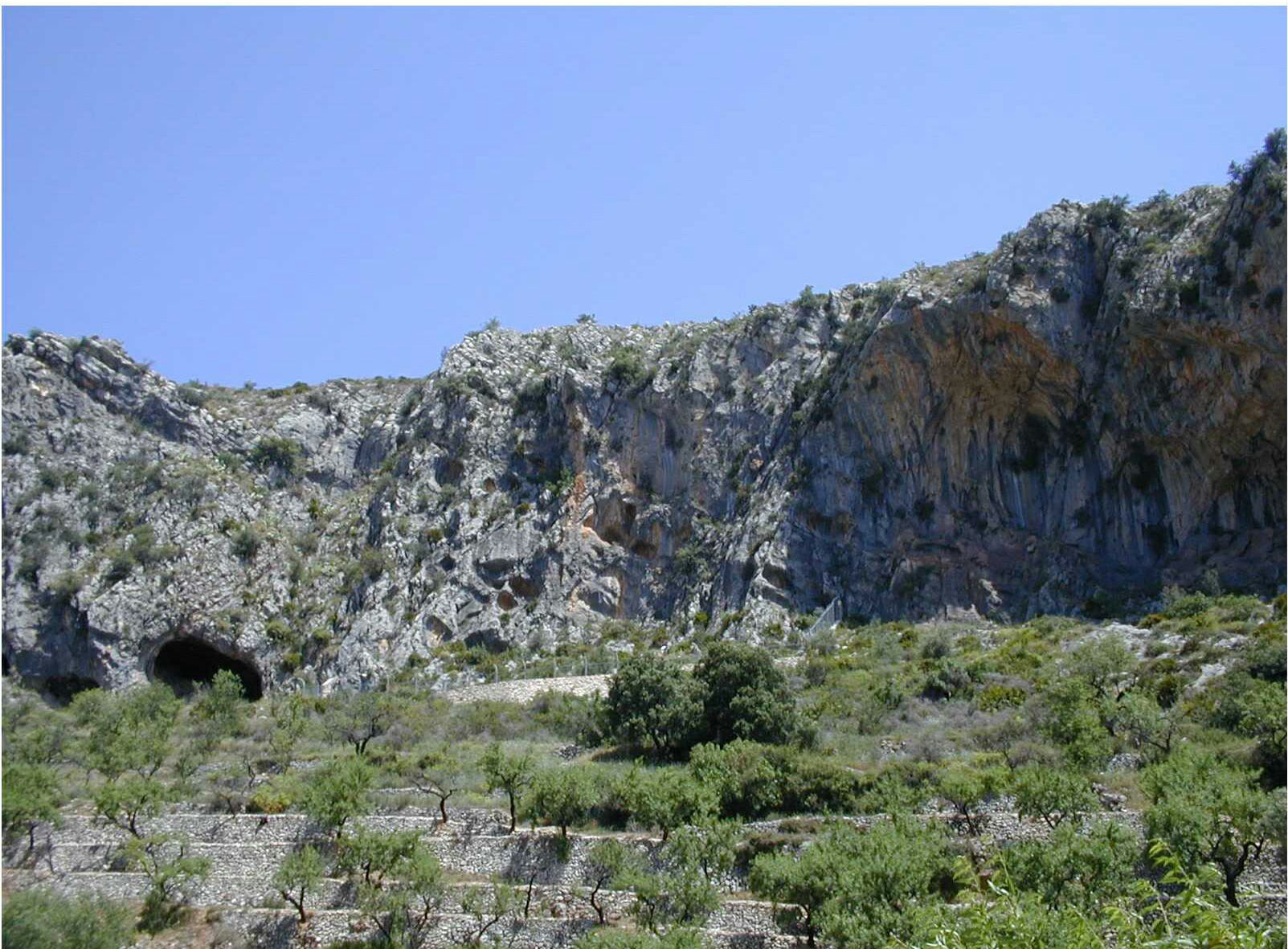MARQ Alicante utiliza cookies propias y de terceros para mejorar su experiencia de navegación
y realizar tareas de analítica. Si continúa navegando, entendemos que acepta nuestra política de calidad y de cookies.
MARQ Alicante utiliza cookies propias y de terceros para mejorar su experiencia de navegación
y realizar tareas de analítica. Si continúa navegando, entendemos que acepta nuestra política de calidad y de cookies.
THE SANCTUARY OF PLA DE PETRACOS (CASTELL DE CASTELLS)

The Sanctuary of Pla de Petracos, located in the municipality of Castell de Castells, constitutes one of the most outstanding examples in whole Europe of Macro schematic art and has been declared Site of Cultural Interest and Heritage of Humanity. The importance of this site has led the Provincial Government of Alicante to assess its value improving its spreading elements, its protection measures, and the access gates to this site. The works started on the 3rd of March 1998.
.......................
El Tossal de Manises is the site of the Roman town of Lucentum, the ancient city of Alicante. It is located on top of a hill (tossal) near to the coast and at a height of 38 metres above sea level. It is in the La Albufereta area of Alicante, about 3.5 kilometres from the modern day city centre. The entire urban area of Lucentum (around 25,000 m²) has survived today and is surrounded by a perimeter wall, some 600 metres long. Since 1961 the site has been declared a Monument of Historic and Artistic Importance.....
Illeta dels Banyets is one of the most known and earliest excavated archaeological sites of Alicante.
It is located in the municipality of Campello, about 9 kilometres away from the city of Alicante. Illeta del Banyets is an old peninsula, which an uncertain time ago was torn apart from the coast due to an earthquake. As a consequence of this earthquake, the part that kept it to the soil was eroded and destroyed. In 1943, it was linked again to the soil, becoming thus part of the natural finger pier. In order to achieve this, dynamite was used, destroying a large part of the prehistoric necropolis.
Localización | Horarios | Tarifas | Mapa web | Política de privacidad
SEDE ELECTRÓNICA | info@marqalicante.com | Tlf.: 965 149 000

Página diseñada y realizada por
CREHAZ
COMUNICACIÓN Y TECNOLOGÍ